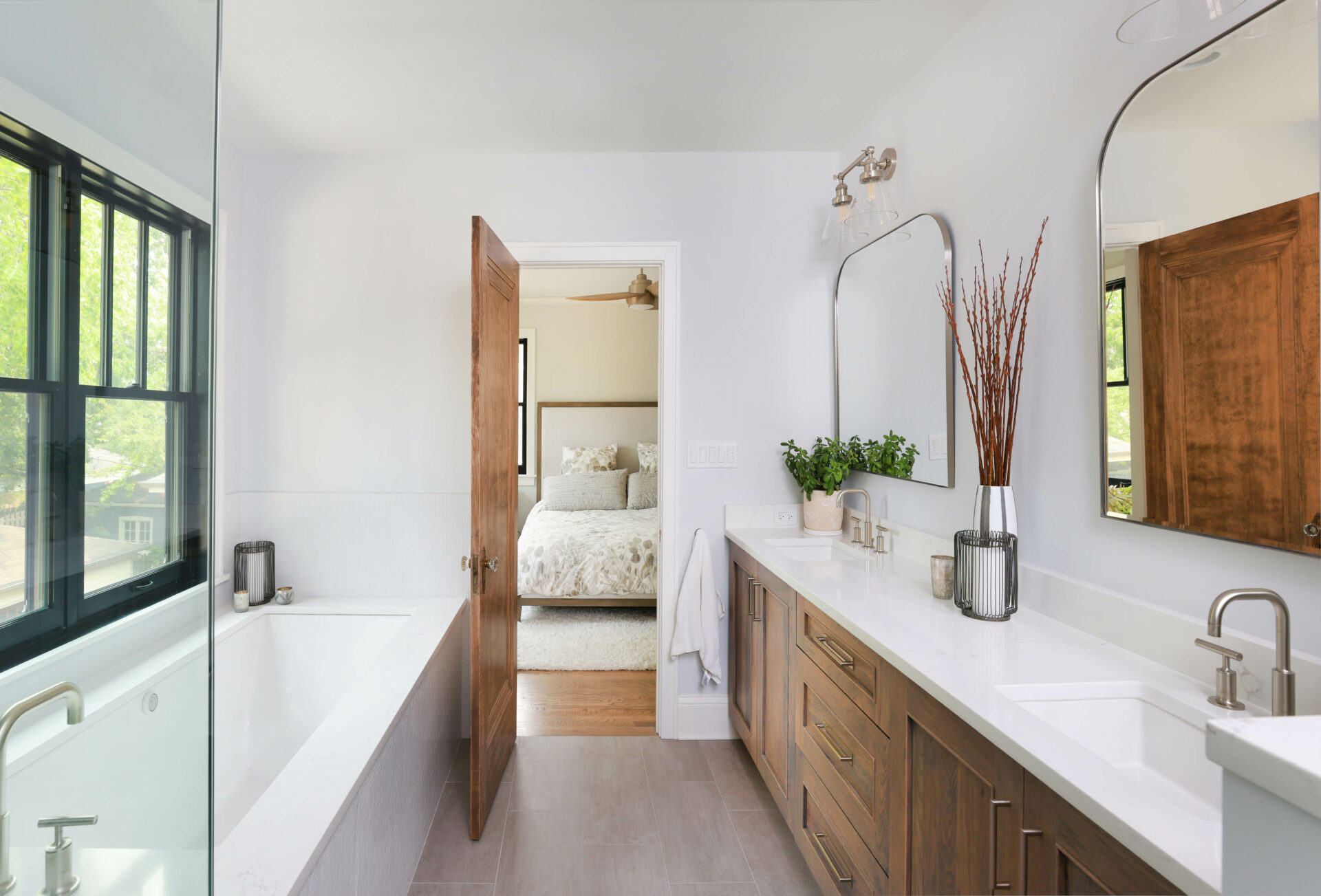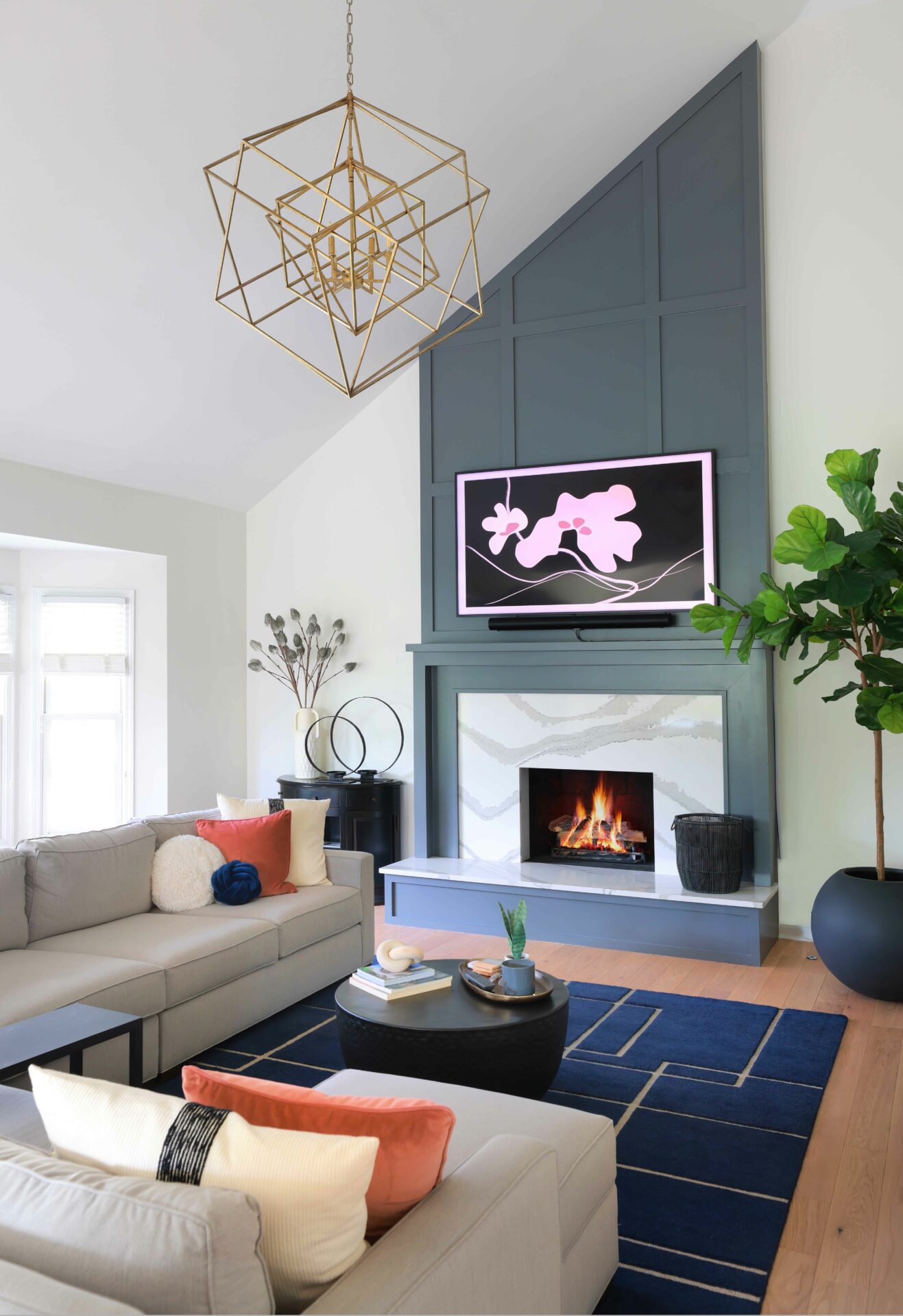
“A linen cabinet is more like a piece of furniture than just a closet with a door,” says Normandy Designer Laura Barber, AKBD. “You can add roll-out options for storage, tilt-out hampers, both vertical and horizontal storage, and hidden outlets for everything from hand-held garment steamers to coffee makers. These are all options not typically found in a regular linen closet.”
You can also choose to add crown moulding, base cabinet moulding and custom hardware, so that your linen and laundry hub becomes more like a stylish armoire.
For this project, Laura worked with clients who wanted to expand an existing walk-in closet, and needed to make room, so they decided to demolish the linen closet. Not only do cabinets take up less space than 4-walled closets, but they offer more-accessible vertical height for storage. This is especially helpful in smaller spaces, according to Laura. “Linen cabinets can be as shallow as twelve inches, which offers a lot of storage in a tighter area,” she says.
One thing to take into consideration is the increased cost that adding a linen cabinet can bring. It is more expensive to do custom cabinets tricked out with moulding and unique storage, especially if you plan to remove an existing drywall closet. But most people find that it’s worth spending the extra money for a design that’s not only aesthetically pleasing, but makes their lives easier and more organized.
If you’d like to reach out to one of our designers to talk about your bathroom remodeling ideas, they can answer any questions and help guide you through the process. For more home remodeling ideas, follow us on Facebook, Instagram, and Pinterest.


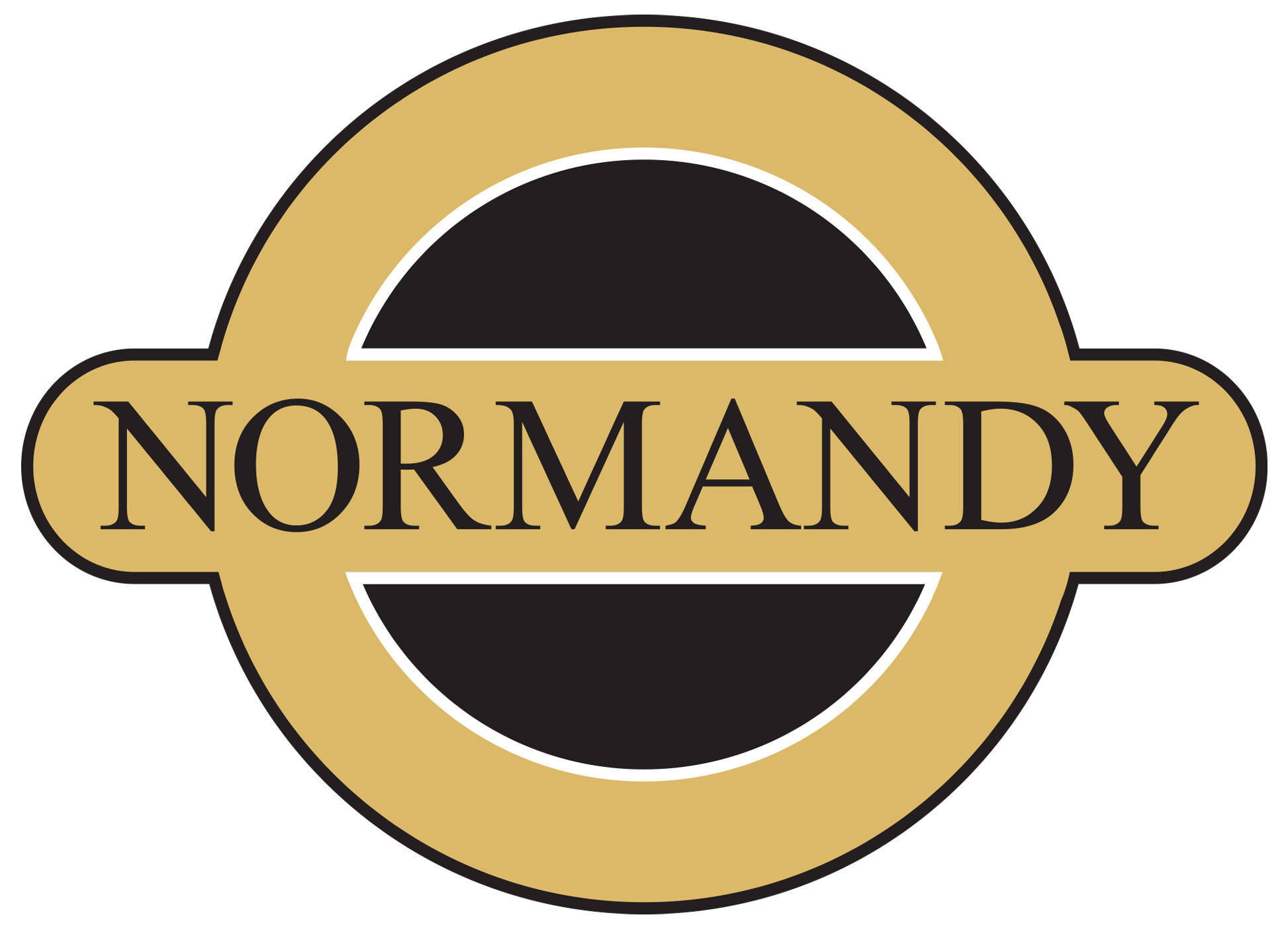


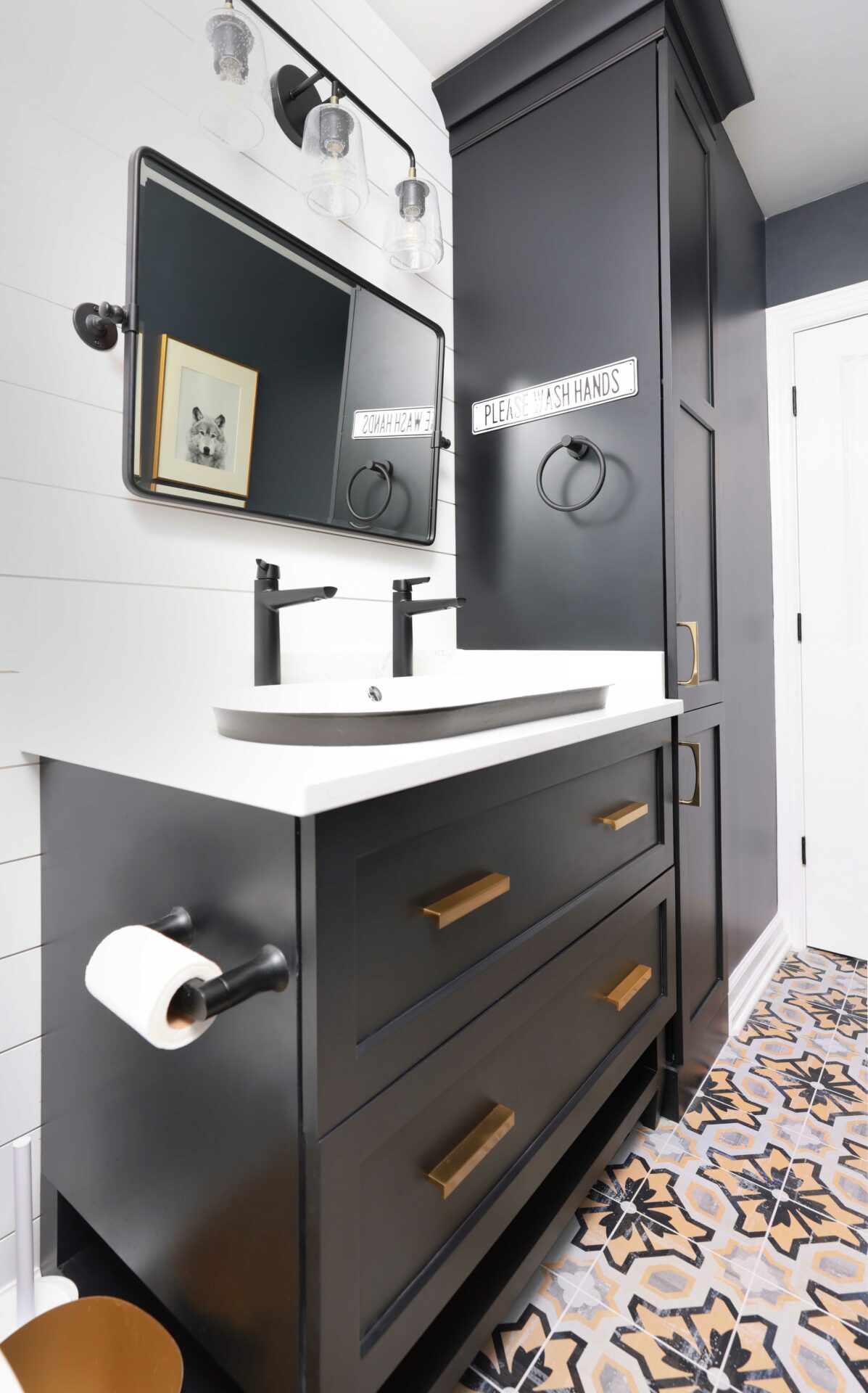
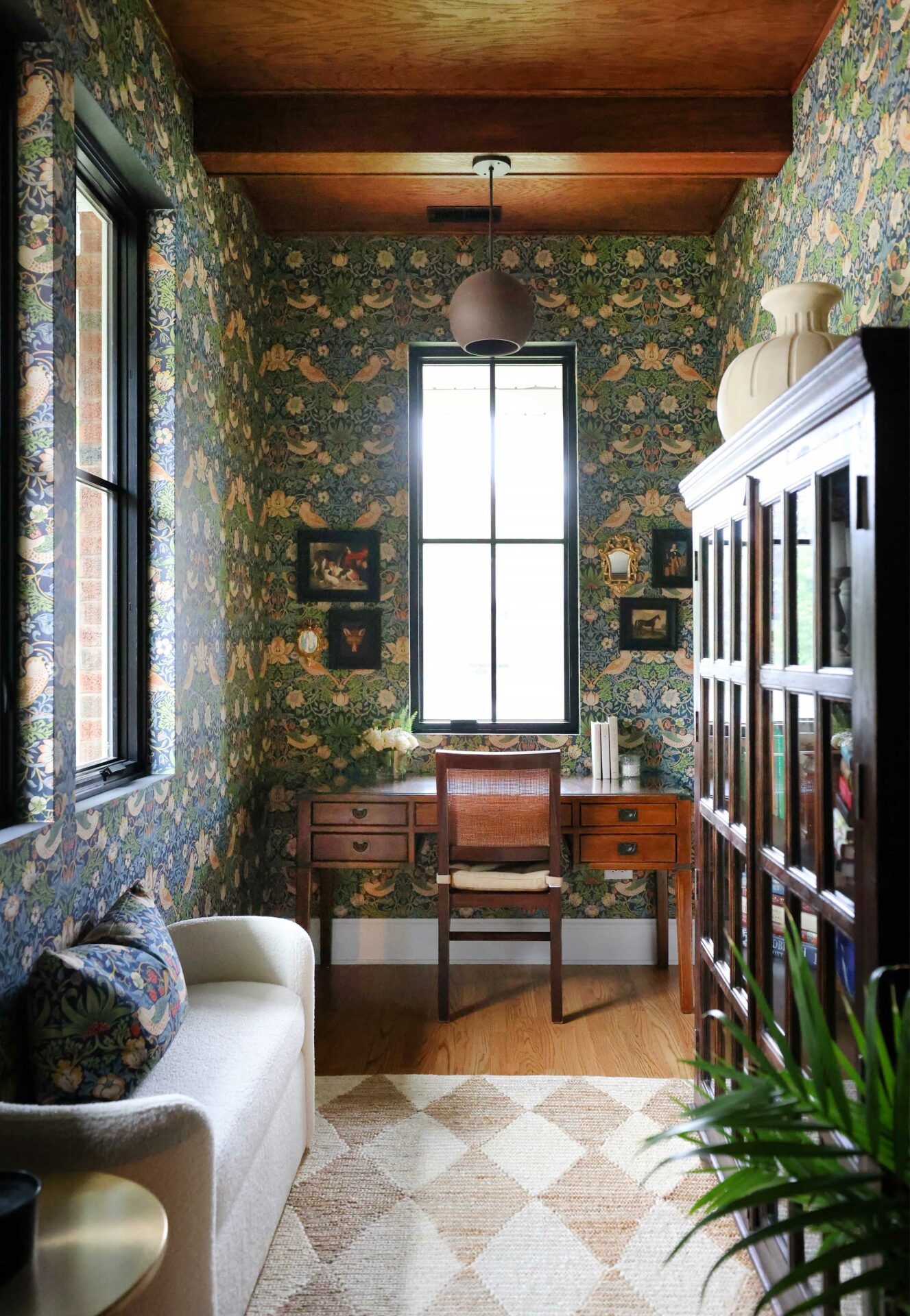

 A fresh new year often brings a ho-hum feeling about the state of your home, yet moving to a new house (and giving up that fantastic interest rate) isn’t an option right now. Take heart. Our Normandy Designers share the top home remodeling trends for 2024, which has everyone falling in love with their space all over again. Top solutions include repurposing rooms and delegating purposeful spaces for both work and play.
A fresh new year often brings a ho-hum feeling about the state of your home, yet moving to a new house (and giving up that fantastic interest rate) isn’t an option right now. Take heart. Our Normandy Designers share the top home remodeling trends for 2024, which has everyone falling in love with their space all over again. Top solutions include repurposing rooms and delegating purposeful spaces for both work and play.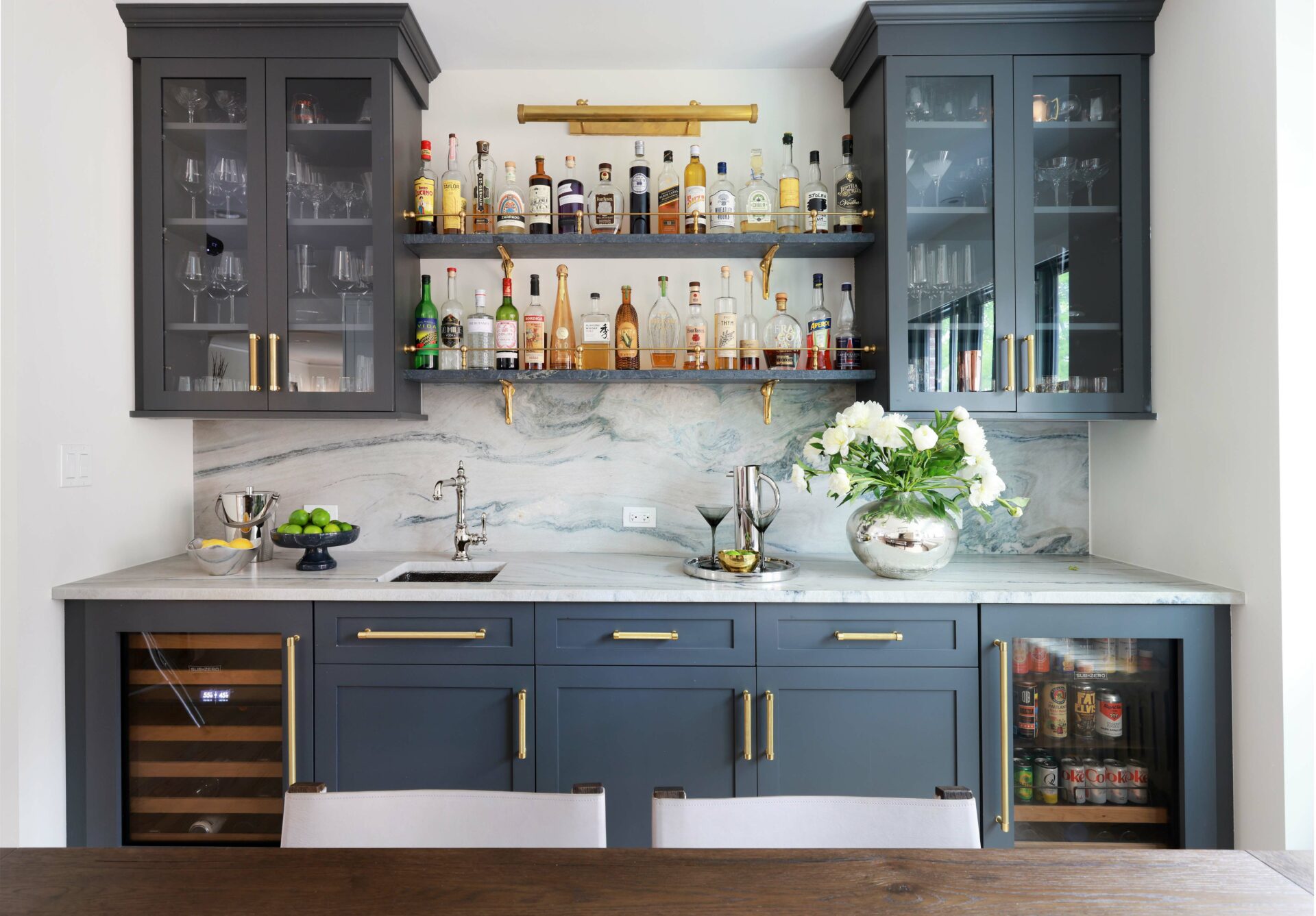 A comprehensive redesign allows for a seamless and harmonious flow between spaces, like connecting the family room to the kitchen to the mudroom. This can mean removing a wall or
A comprehensive redesign allows for a seamless and harmonious flow between spaces, like connecting the family room to the kitchen to the mudroom. This can mean removing a wall or 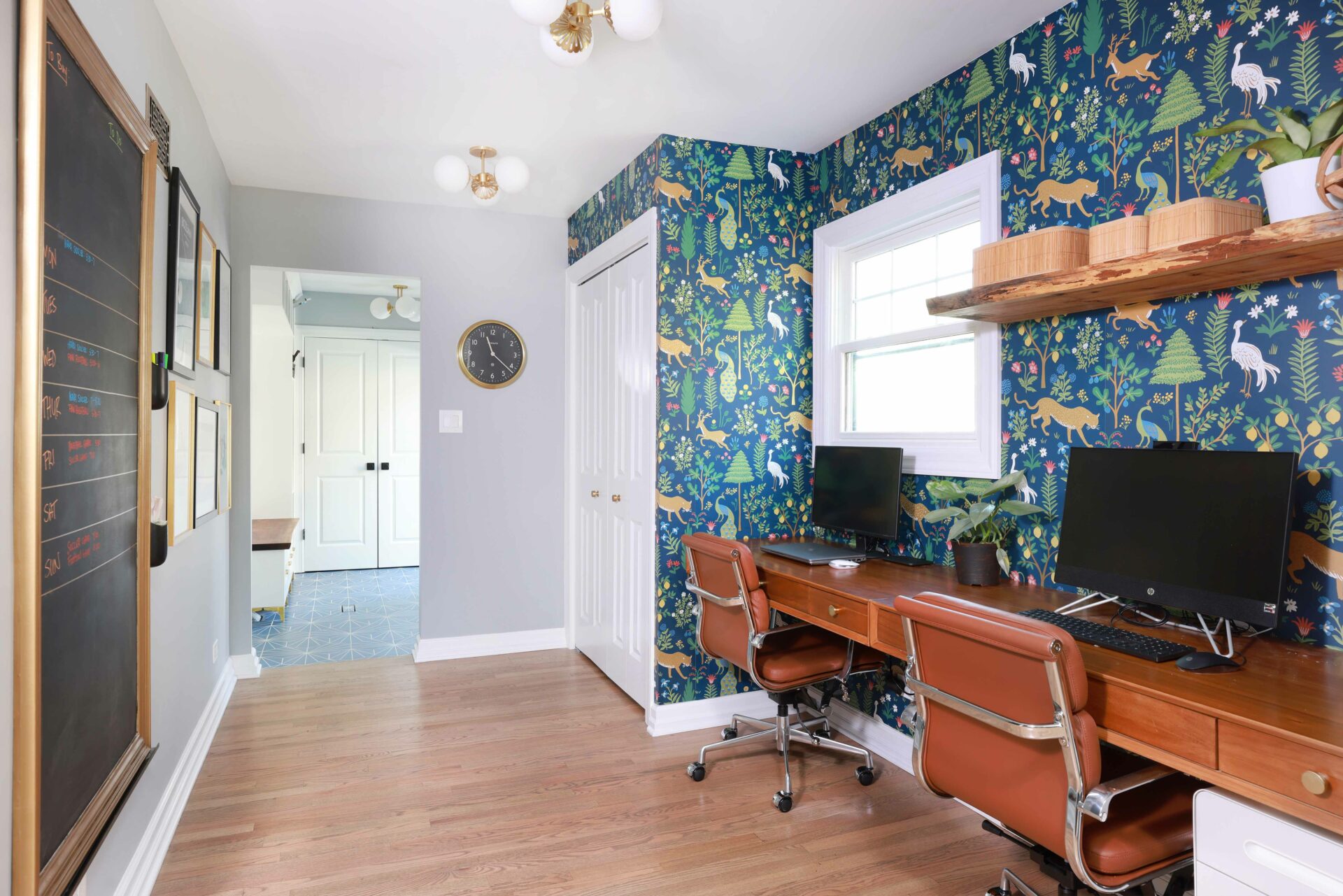

 Say farewell to the dominance of light and neutral colors; this year is about embracing the allure of
Say farewell to the dominance of light and neutral colors; this year is about embracing the allure of 

